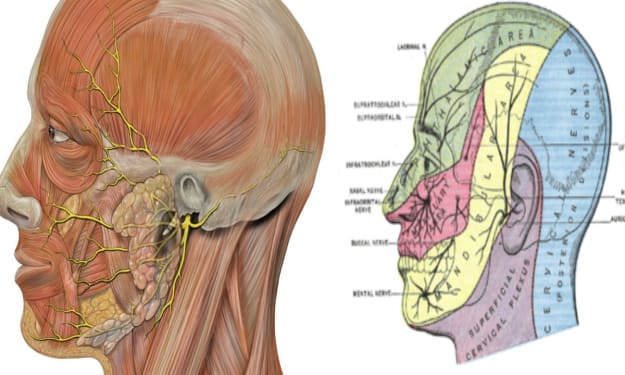The lungs are essential organs in the human body
The lungs playing a crucial role in the respiratory system

The lungs are essential organs in the human body, playing a crucial role in the respiratory system. Their primary function is to facilitate the exchange of oxygen and carbon dioxide between the air we breathe and the blood, ensuring that the body receives an adequate supply of oxygen for cellular respiration while removing carbon dioxide, a waste product of metabolism. However, the functions of the lungs extend beyond gas exchange; they also play roles in immune defense, blood pH regulation, and vocalization. In this comprehensive overview, we will delve into the various functions of the lungs in the human body.
1. Gas Exchange: The most well-known function of the lungs is gas exchange. During inhalation, air rich in oxygen enters the lungs via the trachea, which branches into smaller tubes called bronchi, eventually reaching the alveoli. These microscopic air sacs are surrounded by capillaries, where oxygen diffuses into the bloodstream, binding to hemoglobin in red blood cells for transport to tissues throughout the body. Simultaneously, carbon dioxide, a waste product of cellular metabolism, diffuses from the blood into the alveoli to be exhaled during exhalation.
2. Oxygen Transport: Oxygen is transported from the lungs to tissues throughout the body via the bloodstream. Hemoglobin, a protein in red blood cells, binds to oxygen molecules in the alveoli, forming oxyhemoglobin. This oxygenated blood is then pumped by the heart to various tissues, where oxygen is released from hemoglobin and diffuses into cells to support cellular respiration, the process by which cells generate energy.
3. Carbon Dioxide Removal: Carbon dioxide is produced as a byproduct of cellular metabolism. It diffuses from tissues into the bloodstream, where it is transported back to the lungs for exhalation. In the alveoli, carbon dioxide moves from the blood into the air spaces to be expelled from the body during exhalation.
4. Regulation of Blood pH: The lungs play a crucial role in maintaining the acid-base balance (pH) of the blood. Carbon dioxide can combine with water to form carbonic acid, a weak acid. By adjusting the rate and depth of breathing, the lungs can regulate the amount of carbon dioxide exhaled, thereby controlling the concentration of carbonic acid in the blood and helping to maintain a stable pH.
5. Immune Defense: The respiratory system is constantly exposed to airborne pathogens, such as bacteria, viruses, and pollutants. The lungs have various defense mechanisms to protect against these threats. Mucus-producing cells line the airways, trapping foreign particles and microorganisms, which are then moved out of the lungs by cilia through a process called mucociliary clearance. Additionally, immune cells, such as macrophages, patrol the lungs, engulfing and destroying pathogens to prevent infection.
6. Vocalization: The movement of air through the larynx, or voice box, located in the upper respiratory tract, is essential for vocalization. As air passes over the vocal cords, they vibrate, producing sound. The pitch and volume of the sound produced are controlled by the tension of the vocal cords and the force of air passing through the larynx, respectively.
7. Regulation of Blood Pressure: The lungs play a role in regulating blood pressure by producing a substance called angiotensin-converting enzyme (ACE). ACE is involved in the renin-angiotensin-aldosterone system, which helps regulate blood volume and blood pressure by influencing the constriction of blood vessels and the retention of sodium and water by the kidneys.
8. Temperature Regulation: The respiratory system can also play a role in temperature regulation. When the body temperature rises, such as during exercise, the respiratory rate increases to facilitate heat loss through the evaporation of moisture from the respiratory tract. Conversely, in cold environments, the respiratory rate may decrease to conserve heat.
9. Metabolic Functions: The lungs are involved in various metabolic functions, including the metabolism of certain drugs and the conversion of angiotensin I to angiotensin II, a hormone that regulates blood pressure. Additionally, the lungs produce surfactant, a substance that reduces surface tension in the alveoli, preventing their collapse and facilitating gas exchange.
In conclusion, the lungs are vital organs with multiple functions beyond gas exchange. They play essential roles in oxygen transport, carbon dioxide removal, immune defense, blood pH regulation, vocalization, regulation of blood pressure, temperature regulation, and various metabolic processes. Maintaining healthy lung function is crucial for overall health and well-being.






Comments
There are no comments for this story
Be the first to respond and start the conversation.